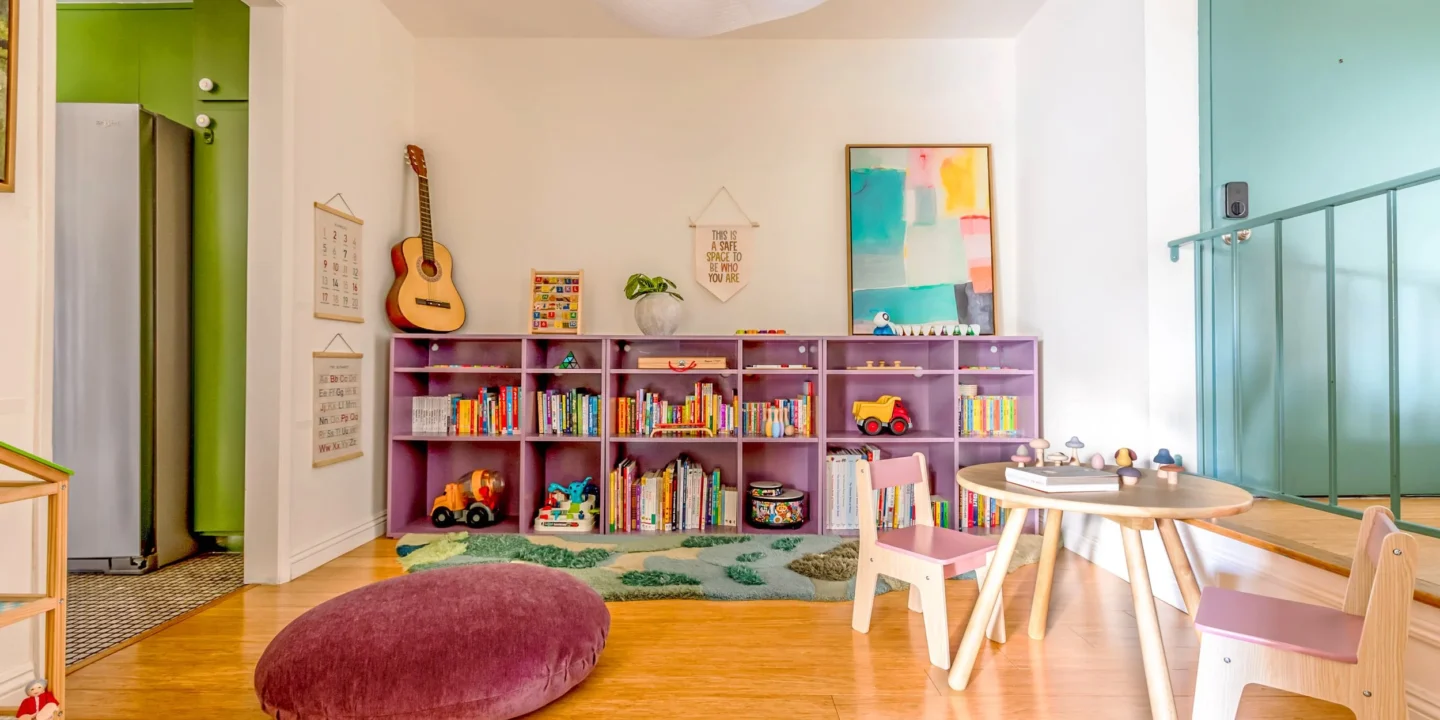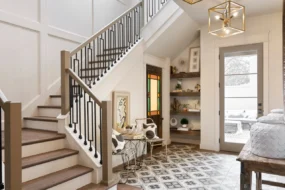
Introduction
Your home should be your happy place — a space where everyone can relax, recharge, and feel completely at ease. But if you or someone in your family has ADHD, autism, sensory processing challenges, or other neurodiverse needs, a home that isn’t designed with that in mind can sometimes feel overwhelming, overstimulating, or even exhausting.
The good news? With the right remodeling choices, you can turn your home into a calm, functional, and welcoming sanctuary that works with every brain, not against it. This isn’t about a one-size-fits-all solution. It’s about creating spaces that reflect your unique needs, support your routines, and help everyone thrive.
In this post, we’ll cover room-by-room tips, sensory-friendly ideas, tech hacks, and simple design upgrades to make your home work for every member of the household.
Chapter 1: Why Neurodiversity-Friendly Remodeling Matters
Neurodiverse individuals experience the world differently — and homes designed for “average” sensory experiences often fall short.
- Lighting that’s too bright can feel harsh.
- Noisy appliances or echoing rooms can be overwhelming.
- Cluttered spaces can trigger stress or make focus harder.
- Rigid layouts don’t adapt well to energy shifts throughout the day.
By remodeling with neurodiversity in mind, you:
- Reduce daily friction and stress.
- Encourage independence and confidence.
- Support emotional regulation and focus.
- Create a space that feels safe and joyful.
Chapter 2: Setting the Tone — Sensory-Friendly Design Principles
Before you pick up a paintbrush, it’s important to understand sensory-friendly design basics.
1. Balance Stimulation
Some people thrive in vibrant, stimulating environments; others need calm, muted spaces. Strike a balance with:
- Muted wall colors for calmness, with pops of color in décor.
- Layered lighting (ceiling, task, and ambient) so brightness can be adjusted.
2. Create Zones
Instead of one big open space where everything happens, divide areas into:
- Active zones (playrooms, home gyms, craft areas).
- Calm zones (reading nooks, meditation corners, quiet bedrooms).
3. Think Texture
Textures influence how a room feels — literally and emotionally. Combine soft rugs, smooth countertops, and tactile elements like wood or stone for a grounded, cozy vibe.
Chapter 3: Room-by-Room Remodeling Tips
Here’s where it gets fun — practical, doable ideas for each part of the house.
Living Room: Calm the Chaos
- Choose sectional sofas to create a cozy nest-like feel.
- Add weighted blankets in baskets for quick access.
- Use area rugs to reduce echo and define zones.
- Mount the TV at eye level and use smart remotes for easy control.
Kitchen: Organized & Accessible
- Install pull-out drawers instead of deep cabinets — less visual clutter and easier access.
- Use clear containers and labels for food storage.
- Choose soft-close drawers to reduce noise.
- Add under-cabinet lighting to avoid harsh overhead glare.
Bedrooms: Your Recharge Station
- Pick calming paint colors — soft greens, blues, or earth tones work well.
- Use blackout curtains to block disruptive light.
- Keep décor minimal to avoid overstimulation.
- Consider sound machines or acoustic panels for a restful environment.
Bathrooms: Spa-Like Serenity
- Warm, dimmable lighting creates a calming effect.
- Non-slip textured tiles improve safety and tactile comfort.
- Install a shower bench for relaxation and security.
Work or Study Areas: Boost Focus
- Place desks near windows for natural light.
- Use shelving to keep visual clutter off the work surface.
- Add plants for natural air purification and a mood boost.
- Noise-canceling curtains or panels help minimize distractions.
Chapter 4: Smart Tech That Helps
Technology can make a neurodiverse-friendly home even more functional.
- Smart Lighting: Set schedules for wake-up lights or dim evening ambiance.
- Voice Assistants: Help with reminders, timers, and quick information.
- Smart Plugs: Automate fans, white noise machines, or night lights.
- Video Doorbells: Reduce anxiety about unexpected visitors.
Chapter 5: DIY Budget-Friendly Tips
You don’t need a huge budget to make an impact.
- Use peel-and-stick wall panels for quick soundproofing.
- Add a cozy reading tent or teepee for kids as a calm-down zone.
- Swap out harsh LED bulbs for warmer tones.
- Declutter and use baskets or bins for easy sorting.
Chapter 6: Get Everyone Involved
One of the best parts of remodeling for neurodiversity is making it a family project.
- Ask for input: Let each person choose their favorite calming color or sensory tool.
- Test before you commit: Try temporary lighting or rugs before doing full installations.
- Celebrate small wins: Each completed area brings more comfort to the whole home.
Chapter 7: Long-Term Benefits
When your home works for everyone’s brain:
- Morning routines run smoother.
- There are fewer meltdowns or moments of overwhelm.
- Focus, creativity, and relaxation all improve.
- The house just feels better — more like a place to thrive than just survive.
Conclusion
Remodeling for neurodiversity is about more than aesthetics — it’s about creating a home that supports happiness, connection, and daily wellbeing. Whether you’re doing a full renovation or making small DIY updates, every change brings you closer to a space that truly serves every member of your family.
With the right mix of color, light, texture, tech, and thoughtful layout, you can transform your home into a place where everyone — no matter how their brain works — feels calm, confident, and completely at home.








